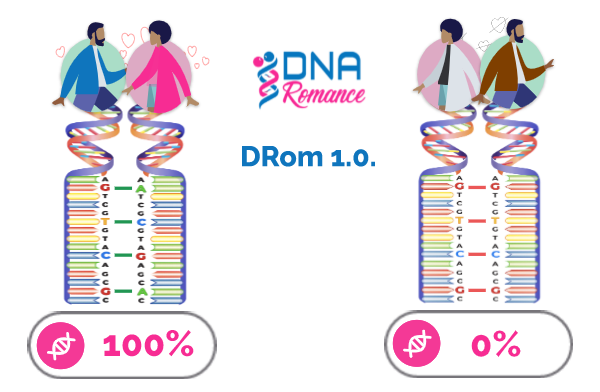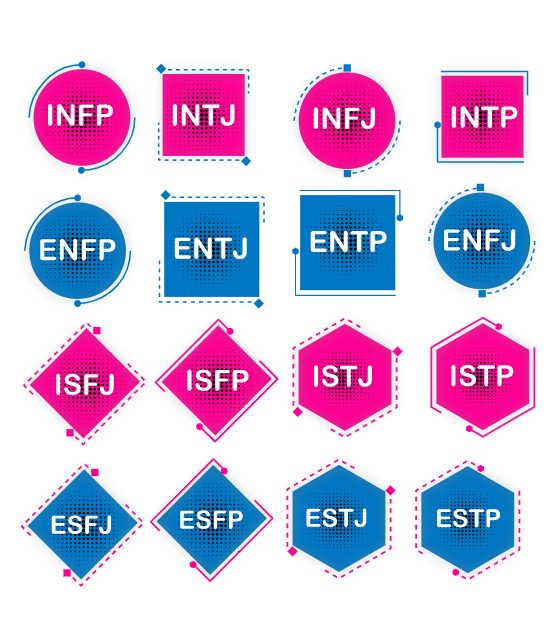המדע מאחורי התאמת יחסים
DNA Romance predicts "Chemistry" online using the DRom 1.0 algorithm. This algorithm assesses 100 specific markers within your DNA, focusing on genes proven to be involved in attraction and reproduction. Studies have shown that people with varied DNA markers in the Major Histocompatibility Complex (MHC) tend to find each other’s scent appealing and often enjoy more durable romantic relationships .
DRom 1.0 מנבא כימיה וקריאות בקרובים לא מתאימים

DNA Romance גם מנבאת תאימות אישית באמצעות סוגי אישיות המופקים ממבחני פסיכומטריים, ומאפשר למשתמשים להעריך שיתופי עניינים משותפים באמצעות מסננים, ו קשר פיזי בהתבסס על תמונות ההתאמה שלהם. האהבה הגנטית של DNA משתמשת בתמונות של ההתאמה שלהם כדי להתאים בין אנשים. second genetic algorithm DRom 2.0 משתמש במודל AI שהוכשר עם סמני DNA רלוונטיים כדי לחזות במדויקות תכונות פנוטיפיות. DRom 2.0 משלים את DNA Romance שלנו. מנגנון אימות פרופיל המסך, שמציג שכבות מרובות של בדיקות המסייעות להעיר את אמינות פרופיל המשתמש.
דירוג תאמות אישיות
איך סוגי אישיות שונים מתנהגים ביחסים
גלה את השלנו
דירוג תאימות אישיות
inspired by the renowned Jung/Myers-Briggs 16 personality types. Developed over a century ago by Swiss psychiatrist Dr. Carl Jung and further refined by Isabel Briggs Myers and Katherine Briggs, this psychometric test has stood the test of time. Recognized as the Myers-Briggs Type Indicator®, it's widely used in organizational psychology.
DNA Romance utilizes this personality compatibility algorithm to predict potential connections between both singles and couples. DNA Romance's algorithms strategically assigns higher compatibility scores to similar personality types, and lower scores to those that may conflict.
